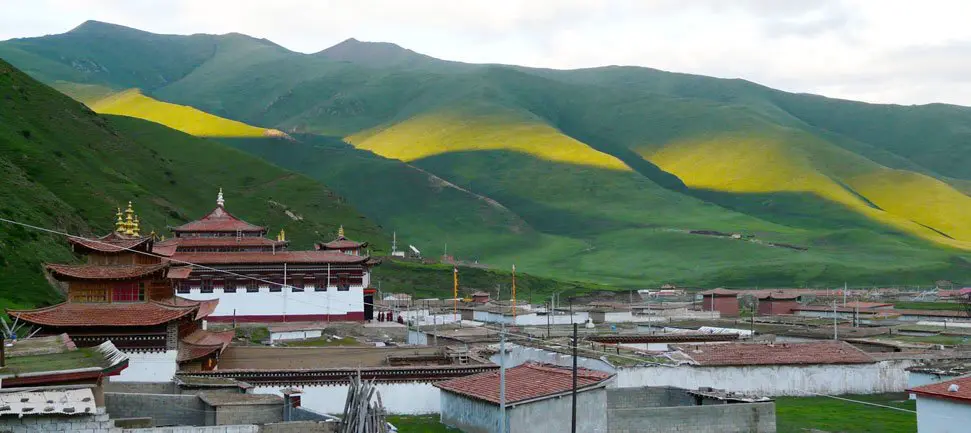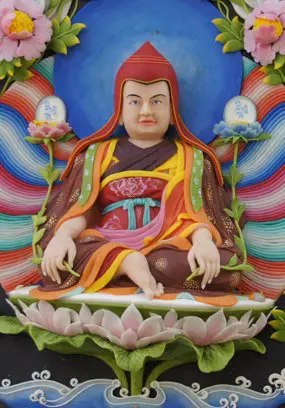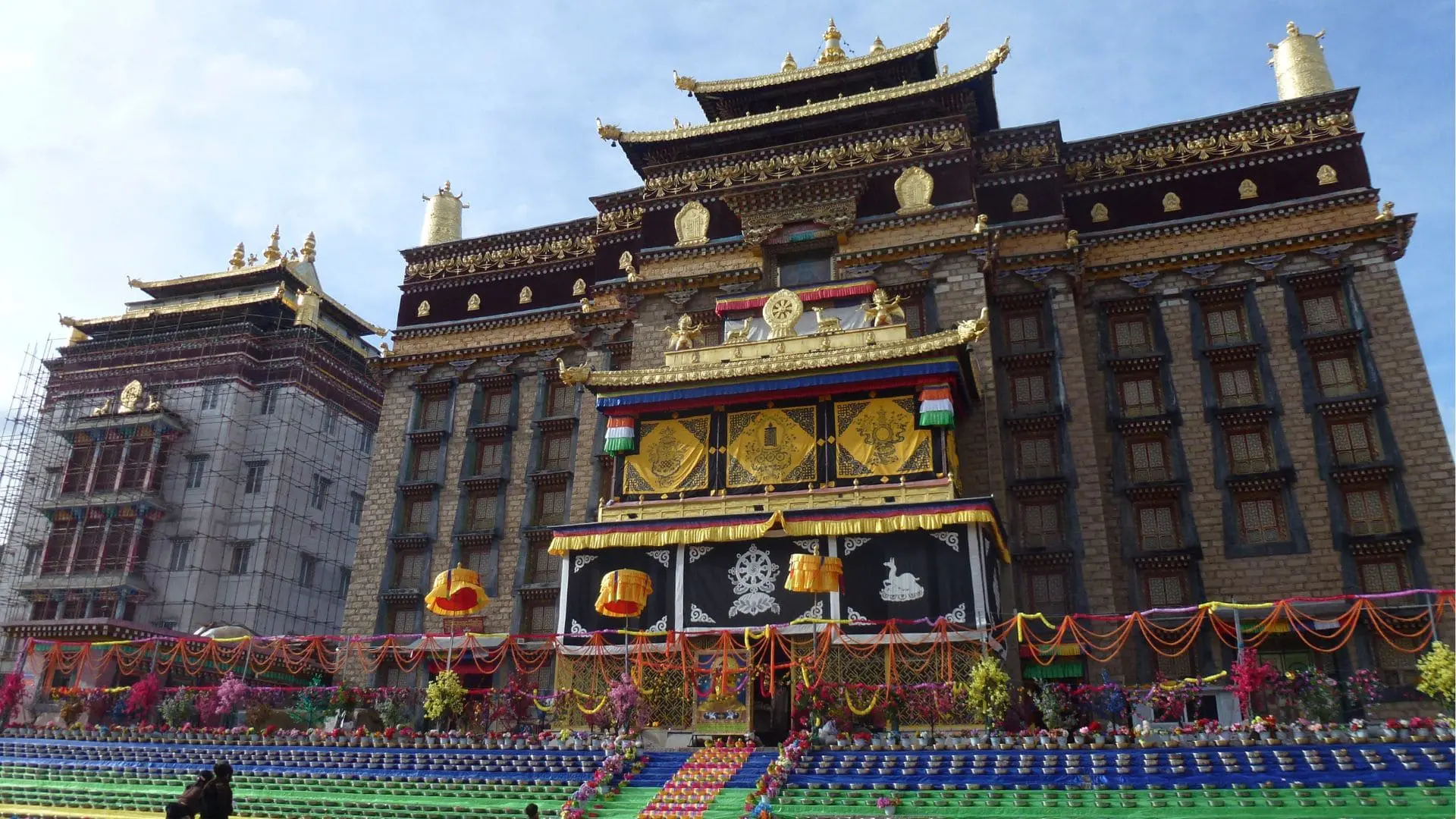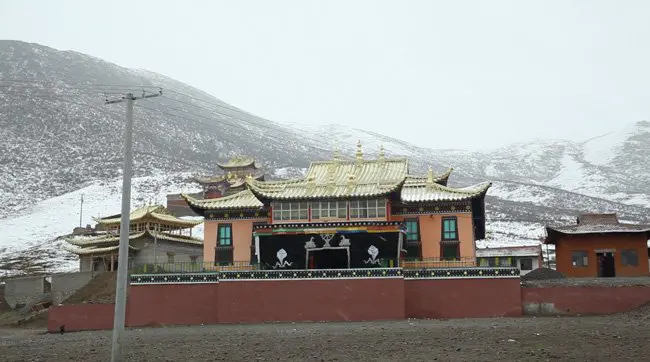Our Lineage
Although we do practices from many different lineages, our Kalachakra practice is based in the Dzokden Dharma and the Jonang LineageJonang Tradition Vital for Our World
While few outside academic circles have ever heard of the Jonang, it is not a new tradition. The Jonang trace their lineage back to India and the great Nalanda University. However, it did not become known by the name Jonang until its founder Kunpang Thukje Tsondru, settled in the Jomonang valley of Tibet during the 13th century.
One of the reasons that so few people are currently aware of the Jonang is due to the fact that they did not flee Tibet in 1959. So when the Tibetan Administration in Exile began registering traditions, the Jonang were absent. The Jonang lineage have never been political. They have for their whole history focused on practice. Even when lineages where leaving China for the rest of the world, the Jonang lineage holders have for the most part remained in China and practiced. The lineage emphasizes retreat and direct non-conceptual realization. Almost all practioners from a young age are taught the Kalachakra Path. Therefore, very few foreigners were ever introduced to their authentic teachings.
It was not until 1990 that the first Jonang monks began to emerge from Tibet. Since then they have been requesting the Tibetan Administration to recognise their tradition as worthy of equal respect as the Nyingma, Kagyu, Sakya, Gelug and Bön traditions.
It is because the Jonang are the core holders of these two important lineages that it is crucial that the Jonang Dharma flourish. Failure to do so will result in the loss of these irreplaceable spiritual systems.
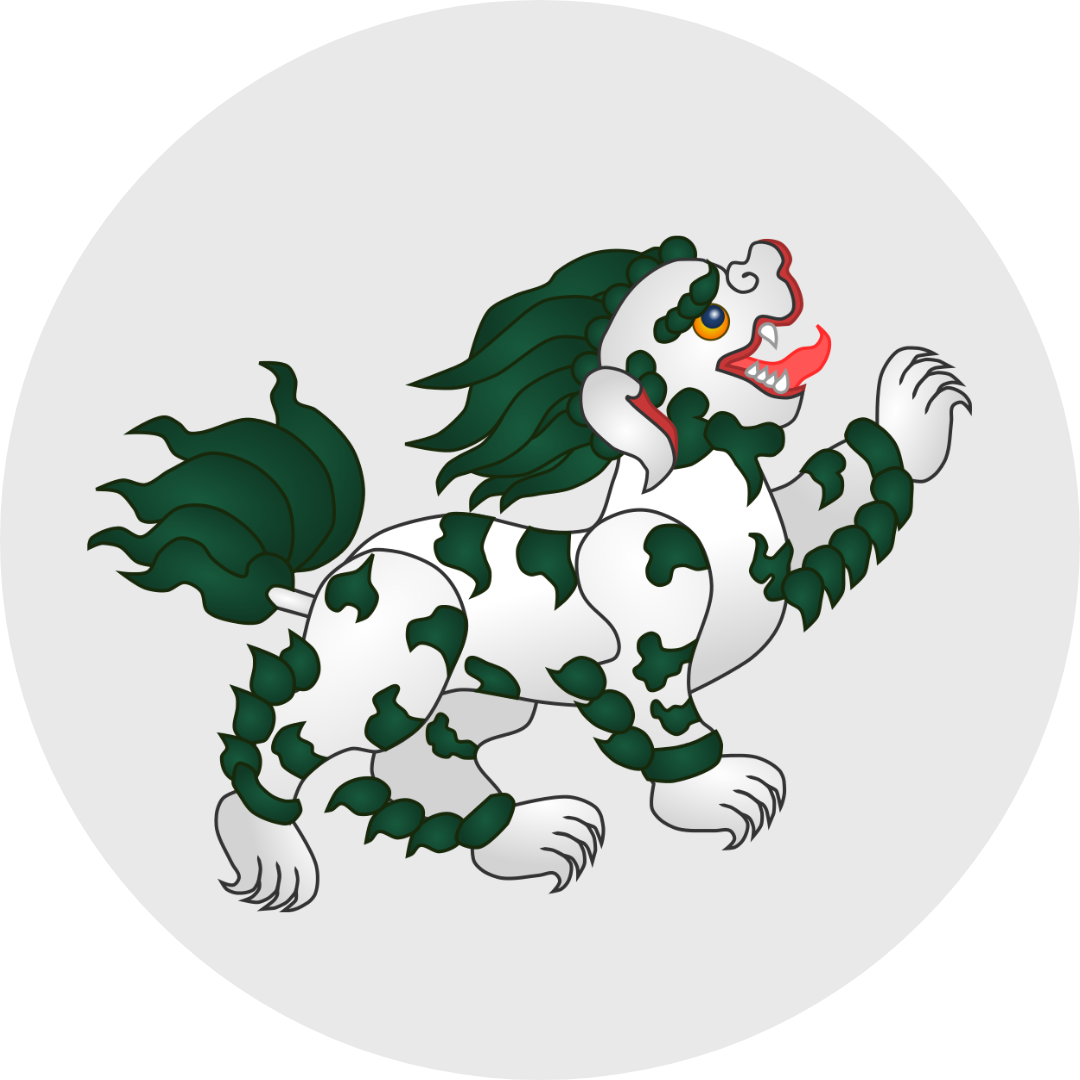
Zhentong
The Zhentong Madhyamaka philosophy is recognised as the highest view by many of the most realised Tibetan masters. The Jonang is the only one of the five major Tibetan Buddhist schools that emphasises this unique doctrine and upholds its lineage.
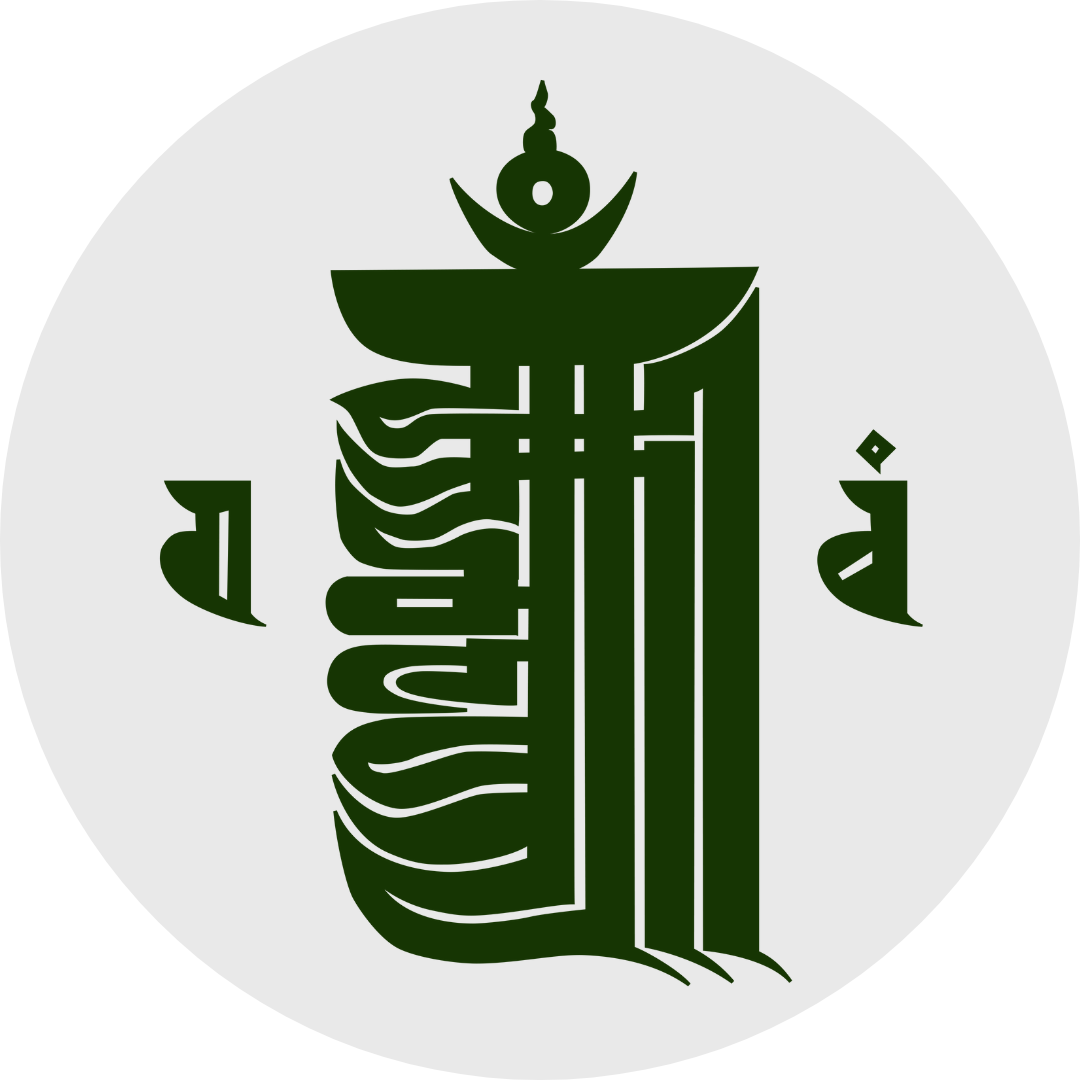
KALACHAKRA
The Kalachakra Tantra is the most comprehensive and effective system within Tibetan Buddhism. The Jonang is the only tradition that holds the entire Kalachakra system, including the unique completion practice known as the “Six Vajra Yogas”.
#RECOGNIZEJONANG
Equal Rights for the Jonang Tradition
Raise awareness of the Jonang Tradition
The Sutra Lineage of Zhentong Madhyamaka
The definitive Zhentong view was first taught by Buddha Shakyamuni in the second and third turnings of the Wheel of Dharma, being transmitted only to devotees whose minds were considered ripe for these profound teachings. On the basis of these teachings, the Bodhisattva Maitreya, the regent of Buddha Shakyamuni, taught five great treatises:
- The Ornament of Clear Realization (Skt. Abhisamayalankara)
- The Ornament of the Mahayana Sutras (Skt. Mahayanasutralankara)
- Distinguishing the Middle from the Extremes (Skt. Madhyantavibhaga)
- Distinguishing Dharma and Dharmata (Skt. Dharma-dharmata-vibhaga)
- The Sublime Continuum (Skt. Uttaratantra Shastra)
These texts were transmitted to Asanga, a monk who beheld a vision of Maitreya after meditating in a cave for 12 years. The lineage was later carried by great Indian masters such as Vasubandhu, Saraha and Gangamaitri and others. It came to Tibet in the 11th century through the translator Zi Lotsawa Gawé Dorje and Tsen Khawoche Drimé Sherab, and was transmitted in an unbroken line to the omniscient Dolpopa Sherab Gyaltsen in the 14th century.
LINEAGE MASTERS
Source
1. Primordial Buddha (Svabhavikakaya)
2. Vajradhara (Dharmakaya)
3. Vajrasattva (Sambhogakaya)
4. Buddha Shakyamuni (Nirmanakaya)
5. Bodhisattva Maitreya
Asanga’s Yogacara Madhyamaka
6. Arya Asanga
7. Vasubandhu
8. Dignaga
9. Sthiramati
10. Chandragomin
Maitreya’s Contemplative Tradition
11. Maitripa
12. Ratnakarashanti
13. Anandakirti
14. Sañjana
15. Lotsawa Gawa’i Dorje
16. Tsen Kawoche Drimé Sherab
17. Dharma Tsondru
18. Yeshe Jungné
19. Jangchup Kyap
20. Zhonnu Jangchup
Narthang Lineage
21. Monlam Tsultrim
22. Chomden Rigpé Raldri
23. Kyiton Jamyang Drakpa
Jonang Zhentong Lineage
24. Kunkhyen Dolpopa Sherab Gyaltsen
25. Chögyal Choklé Namgyal
26. Tsungmed Nyabön Kunga
27. Chöjé Pal Gonpo
28. Lodrö Gyatso
29. Donyöd Pal
30. Panchen Shakya Chokden
31. Donyon Drubpa
32. Jamgön Drubpa Pawo
33. Kunga Gyaltsen
34. Drakden Drubpa
35. Jetsun Taranatha
36. Ngonjang Rinchen Gyatso
Dzamthang Tsangwa Lineage
37. Khidrup Lodrö Namgyal
38. Drupchen Ngawang Trinlé
39. Ngawang Tenzin Namgyal
40. Ngawang Khetsun Dargé
41. Kunzang Trinlé Namgyal
42. Nuden Lhundrub Gyatso
43. Konchok Jigmé Namgyal
44. Ngawang Chöphel Gyatso
45. Ngawang Chökyi Phakpa
46. Ngawang Chöjor Gyatso
47. Ngawang Chözin Gyatso
Jonang Chamda Lineage
48. Kunga Khedrub Wangchuk
49. Rinchen Zangpo
50. Rinchen Öser
51. Ngawang Lodrö Drakpa
52. Kunga Sherab Saljé
53. Khentrul Jamphel Lodrö
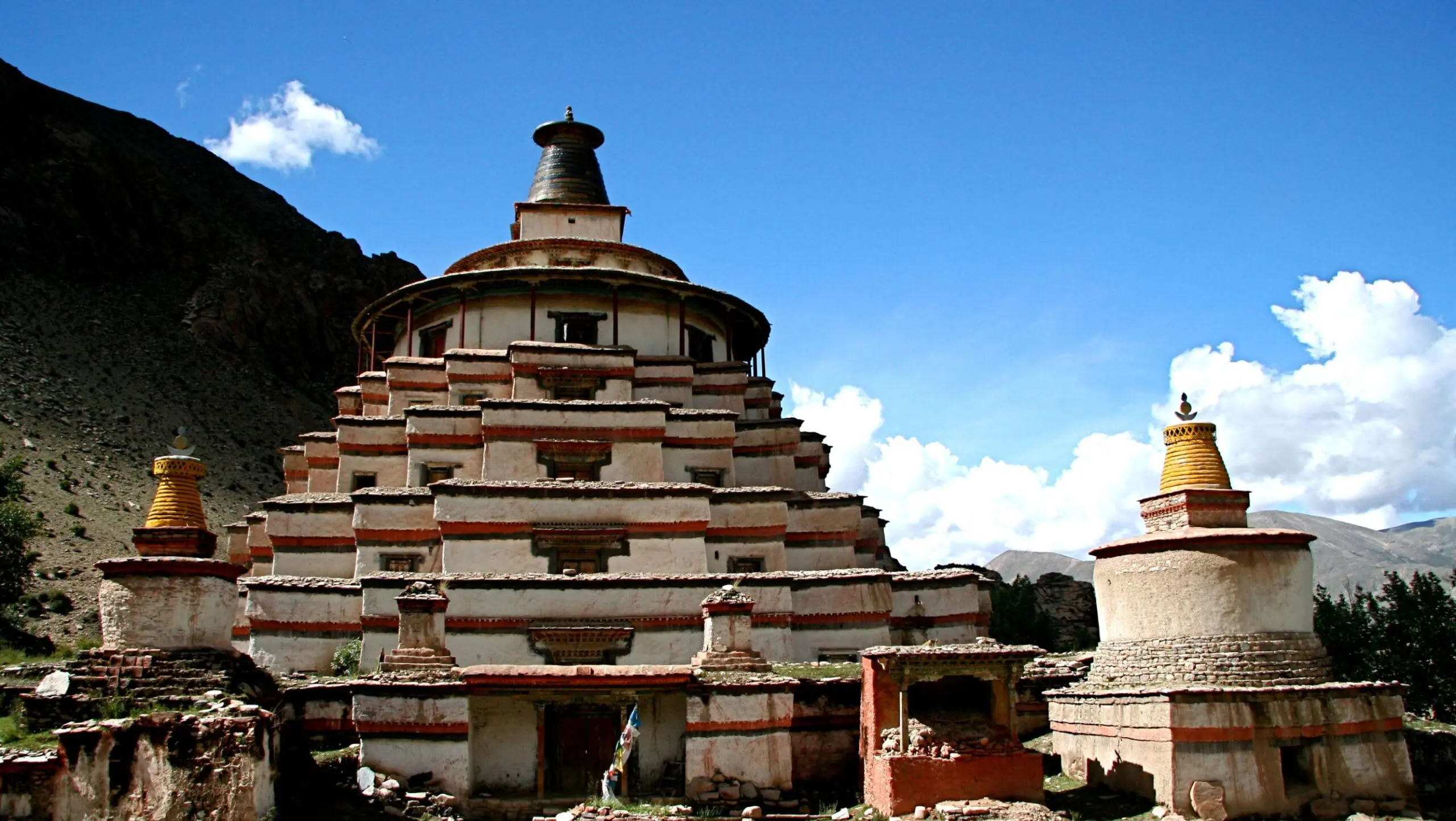
The Tantric Lineage of Kalachakra Vajra Yoga
It is said that the Buddha first taught these secret tantra teachings in Drepung in South India (Amaravati). The main recipient of these teachings was King Suchandra of Shambhala. King Suchandra put the Tantra into writing and composed commentaries. The lineage was upheld by 7 Dharma Kings and 11 Kalki Kings before arriving in the land of India.
Before the 10th century, the Kalachakra teachings were not practised in India. However, the great Indian Mahasiddha Manjuvajra is said to have attained miraculous powers and traveled to Shambhala. Upon returning he transmitted the lineage to his disciple Shribhadra.
Shribhadra’s student, the great Pandita Dawa Gonpo, spent most of his life in Tibet working with Dro Lotsawa to translate the entire Kalachakra teachings. The lineage was then preserved through many Tibetan masters such as Lama Lhaje Gompa, Lama Droton Namsek and the great Yumo Mikyo Dorje, who shared the teachings widely.
In the 13th century, Kunpang Thukje Tsondru received over 17 different Kalachakra lineages from many different masters and spent many years in retreat practising the Six Vajra Yogas in a place known as Jomonang. This later became the site of the main Jonang monastery, also known as the Second Shambhala. Thukje Tsondru then combined these lineages into a single extraordinary practice lineage which has been the core of the Jonang curriculum to this day.
LINEAGE MASTERS
Source
1. Primordial Buddha (Svabhavikakaya)
2. Vajradhara (Dharmakaya)
3. Kalachakra (Sambhogakaya)
Dharma Kings and Kalkis of Shambhala
4. Suchandra
5. Sureshvara
6. Taji
7. Somadatta
8. Sureshvara
9. Vishvamurti
10. Sureshana
11. [Manjushri] Yashas
12. Pundarika
13. Badra
14. Vijaya
15. Sumitra
16. Raktapani
17. Vishnugupta
18. Arkakirti
19. Subhadra
20. Samudravijaya
21. Aja
Nalanda Tradition of Kalachakra
22. Manjuvajra
23. Shri Badra
24. Bodhibadra
25. Somanatha
Dro Lineage of Six Vajra Yogas
26. Drotön Lotsawa
27. Lama Lhaje Gompa
28. Lama Drotön Namseg
29. Lama Drupchen Yumo
30. Tséchok Dharmeshvara
31. Khipa Namkha’i Öser
32. Machig Tulku Jobum
33. Lama Druptop Sechen
34. Chöje Jamyang Sarma
35. Kunkhyen Chöku Öser
Jonang Kalachakra Lineage
36. Kunpang Thukje Tsondru
37. Jangsem Gyalwa Yeshe
38. Khetsun Yonten Gyatso
39. Kunkhyen Dolpopa Sherab Gyaltsen
40. Chögyal Choklé Namgyal
41. Tsungmed Nyabön Kunga
42. Drupchen Kunga Lodrö
43. Jamyang Konchog Zangpo
44. Drenchok Namkha Tsenchen
45. Panchen Namkha Palzang
46. Lochen Ratnabhadra
47. Palden Kunga Drolchok
48. Kenchen Lungrik Gyatso
49. Jetsun Taranatha
50. Ngonjang Rinchen Gyatso
Dzamthang Tsangwa Lineage
51. Khidrup Lodrö Namgyal
52. Drupchen Ngawang Trinlé
53. Ngawang Tenzin Namgyal
54. Ngawang Khetsun Dargé
55. Kunzang Trinlé Namgyal
56. Nuden Lhundrub Gyatso
57. Konchok Jigmé Namgyal
58. Ngawang Chöphel Gyatso
59. Ngawang Chökyi Phakpa
60. Ngawang Chöjor Gyatso
61. Ngawang Chözin Gyatso
Tashi Chöthang Lineage
62. Ngawang Tenpa Rabgye
63. Ngawang Lobsang Trinlé
64. Khentrul Jamphel Lodrö
Jonang monastic community
Dolpopa Sherab Gyaltsen, was an incredibly influential master. Among his many achievements, he was responsible for developing a unified system of practice which combined the Zhentong Sutric View with the Kalachakra Tantric Practices. Through this system, practitioners would develop their view by meditating on the meaning of Maitreya’s “Five Treatises”. Then they would apply their direct realisations to the practice of Kalachakra. Later, Kunga Drolchok and Taranatha expanded on this system by further clarifying many of Dolpopa’s extraordinary teachings.
While the earlier Jonang masters were very active academically, due to political obstacles which arose in the 17th century, most Jonang practitioners began to focus increasingly on their spiritual practice. As a result, the Jonang Tradition developed an enormous depth of realization which allows it to offer the most complete understanding of the Kalachakra system.
With presently more than seventy monasteries and retreat centers in Tibet, especially in Kham and Amdo, the Jonang Tradition continues to flourish. In Dzamthang Monastery alone, more than 5000 monks are currently studying Zhentong Madhyamaka as well as the five major subjects of Buddhist philosophy, following texts by Dolpopa and other revered Jonang masters. A three-year Kalachakra retreat has become a traditional part of training in the monasteries of the Jonang tradition and there are many yogis today engaged in lifetime retreat, practicing the Six Vajra Yogas.
Due to the kindness of masters such as Khentrul Rinpoche, the modern world is slowly gaining access to the ancient wisdom of this profound tradition.
Monasteries Affiliated with Khentrul Rinpoche
Over the course of his life, Khentrul Rinpoche has had the honour to study in more than 11 monasteries from each of the main traditions of Tibetan Buddhism. Of those, he holds a particularly strong connection to four prominent Jonang monasteries in the Golok/Amdo region of Eastern Tibet. These monasteries form the primary source of the Kalachakra tradition that Rinpoche upholds in the West:
Dzamthang Tsangwa Monastery
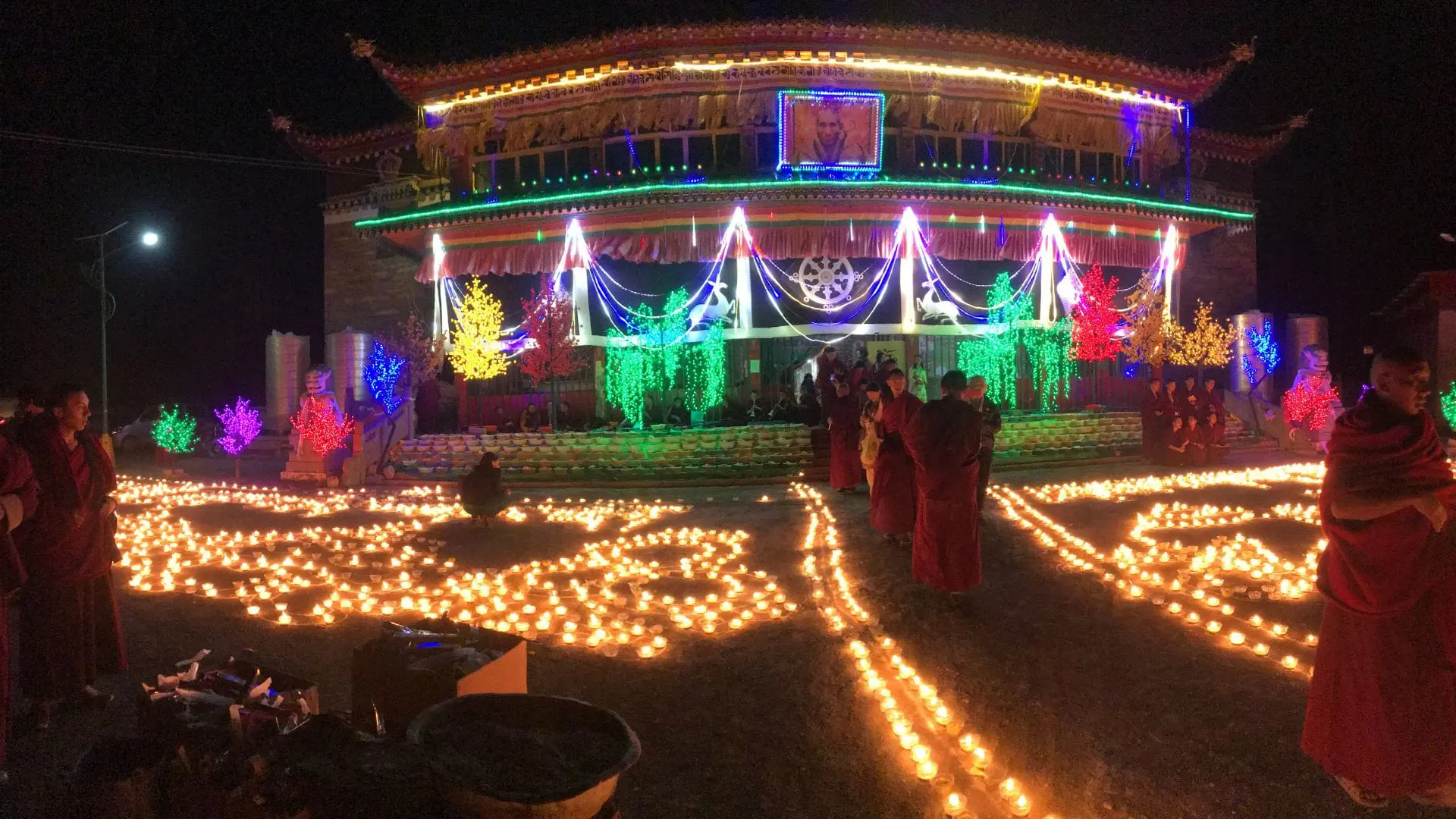
Tashi Chöthang Monastery
